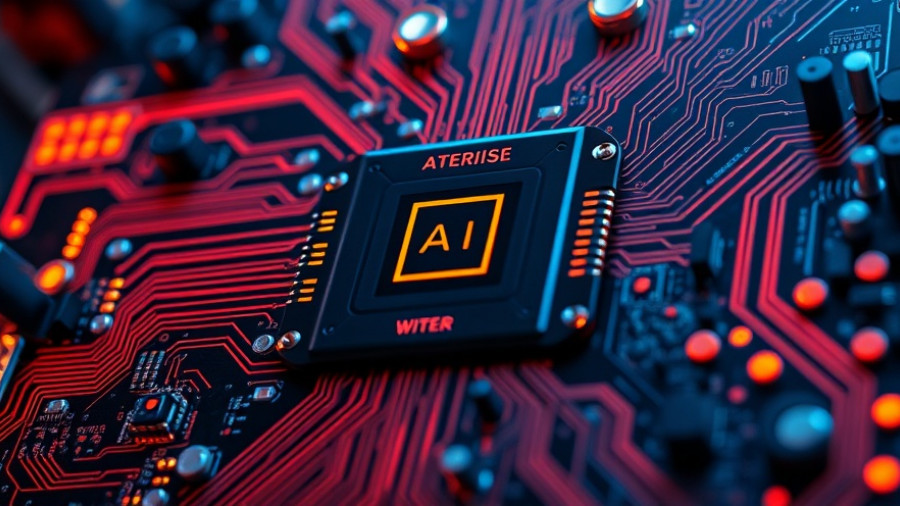
The Future of AI and Batteries in National Defense
In a world increasingly reliant on advanced technologies, the intersection of artificial intelligence (AI) and military logistics is forging a new frontier for national security. Companies like SandboxAQ are at the forefront, as evidenced by their recent partnership with the U.S. Army on battery analytics. This collaboration aims to enhance battery durability and performance prediction—an essential upgrade for powering not only military vehicles but also the broader infrastructure that supports defense operations.
In Securing the Future with AI: Energy, Defense, and Cyber, the discussion dives into critical innovations in AI and its implications for national security, prompting a deeper exploration of these issues.
Implications of Battery Technology for Civilian and Military Use
The exciting developments in battery technology extend beyond the battlefield. As noted by SandboxAQ CEO Jack Hidary, there's an urgent need to innovate not just for military viability but also for civilian applications, particularly in energy storage for AI data centers. As the demand for sustainable energy solutions grows, these advancements could ensure that our civilian and military systems are well-equipped to handle increased power needs.
Tackling Cybersecurity Challenges With AI
Another significant concern highlighted in Hidary's discussion is the rising threats from cyberattacks, particularly on infrastructure. A notable recent incident involved Jaguar Land Rover, emphasizing the susceptibility of even major corporations to such threats. The integration of AI into cybersecurity strategies is becoming essential, as it allows for more robust defenses that can adapt to the evolving landscape of cyber threats, from individual hackers to organized nation-states.
The Push for Domestic Production of Critical Minerals
A critical aspect of enhancing battery technology lies in sourcing essential materials for production. Currently, 90% of the lithium-ion battery components are processed in China, highlighting a significant dependency. This has raised alarms in the U.S., prompting calls for local sourcing in order to bolster national security. Collaborations among the U.S., Japan, and South Korea could pivot the industry towards a more independent future.
A Broader Vision for AI and Quantum Integration
Moreover, the future isn't solely about batteries or cybersecurity. The collaboration between SandboxAQ and NVIDIA aims to push the boundaries of AI into real-world applications, including advancements in life sciences through large quantitative models. This includes datasets that can lead to swift and precise developments in therapies, marking a significant leap forward.
In conclusion, the landscape of energy, defense, and cybersecurity is dynamically shifting with the advent of AI and quantum technologies. As we navigate these innovations, it's vital to recognize how they intertwine to create solutions that can counter both local and global challenges.



Write A Comment